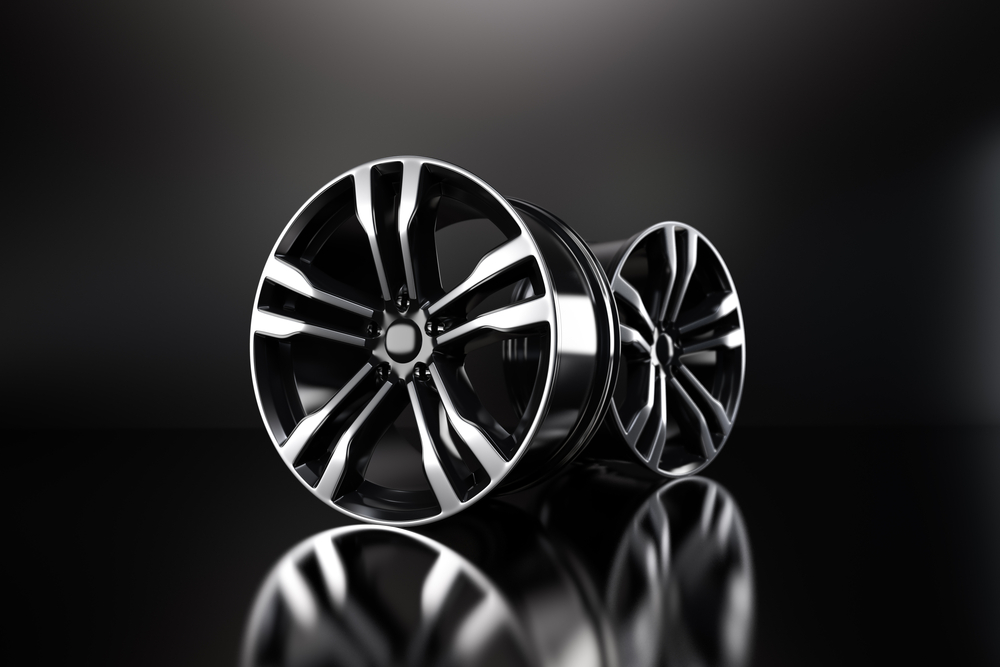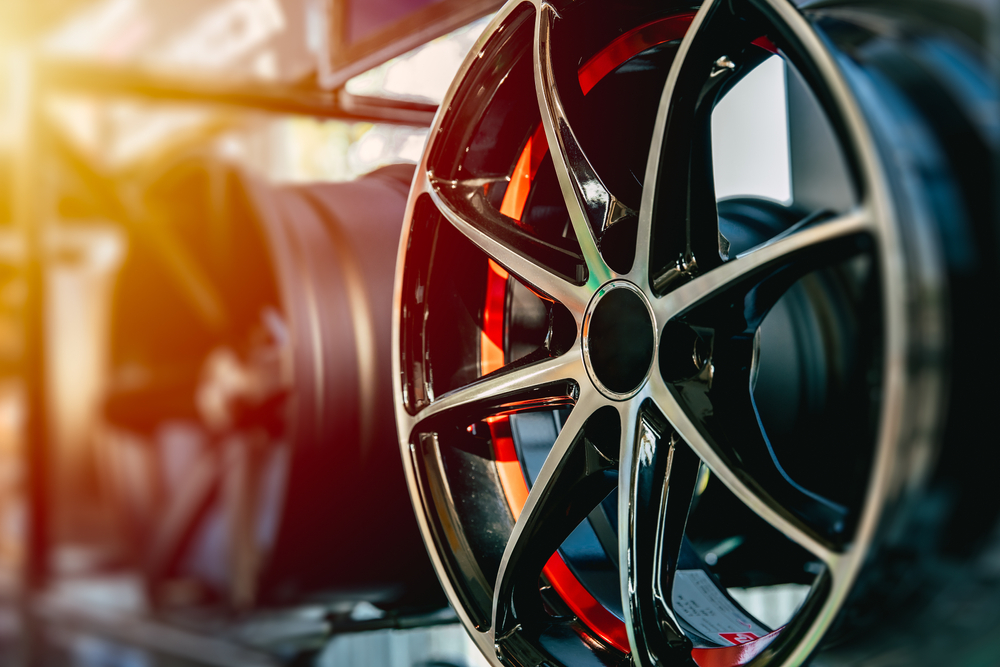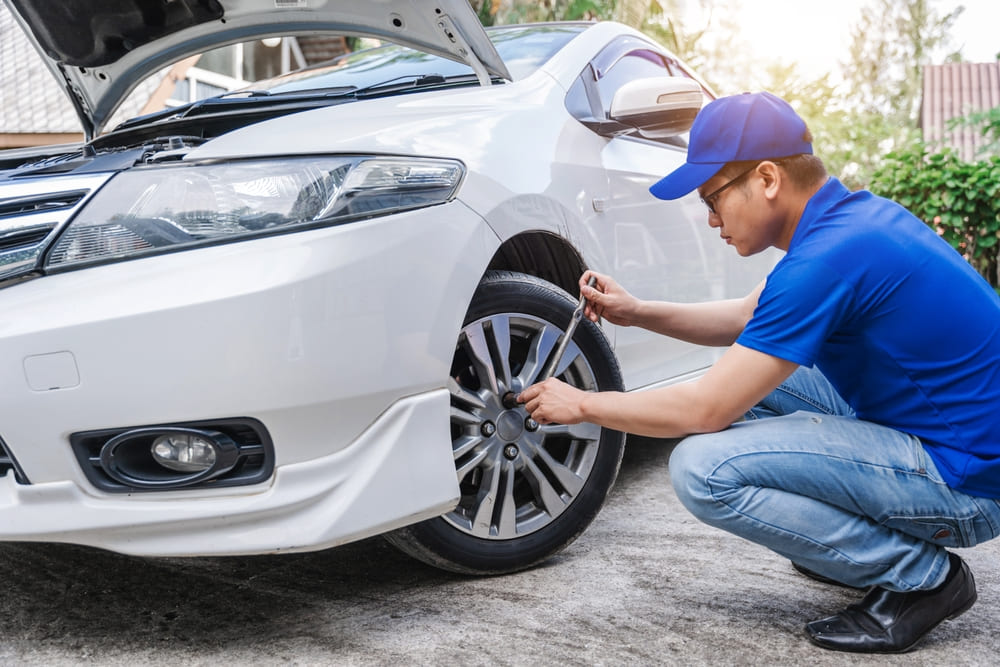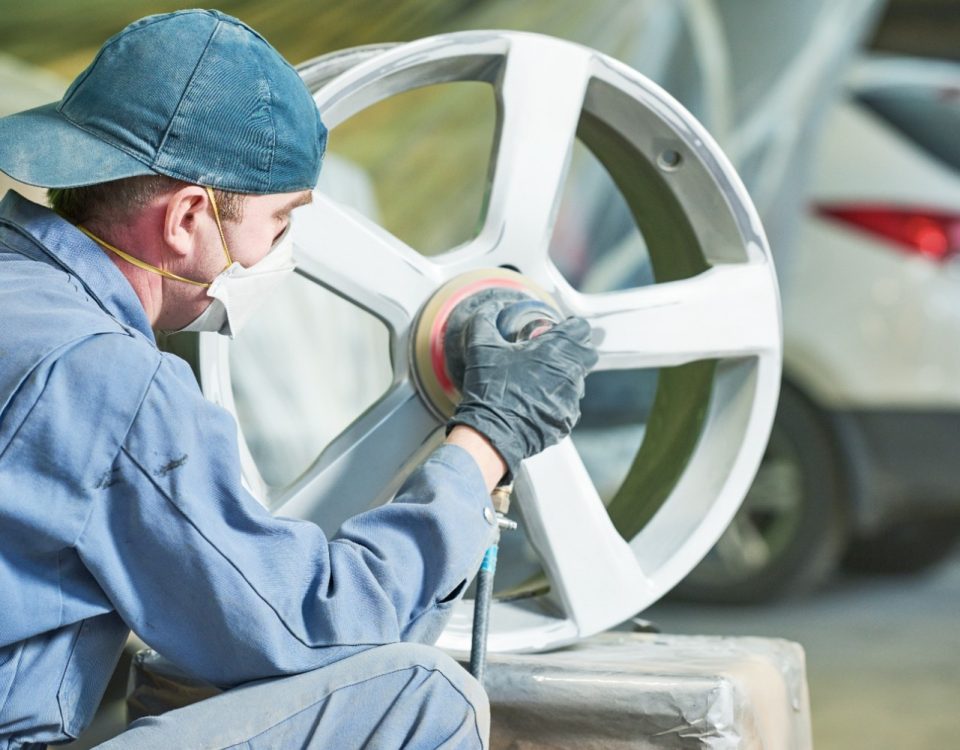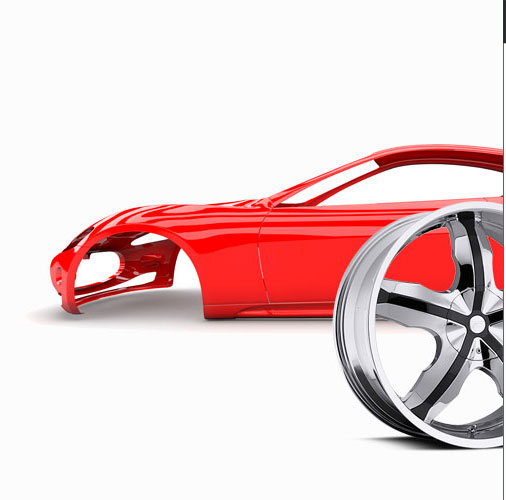Looking for how to repair alloy wheels? Repairing alloy wheels is essential for maintaining both the appearance and functionality of your vehicle’s wheels. Alloy wheels, prized for their lightweight and stylish design, are susceptible to various types of damage, such as scratches, scuffs, dents, and even cracks. Whether you’re dealing with minor cosmetic issues or more significant structural damage, knowing how to repair alloy wheels effectively can save you money on replacements and preserve the overall aesthetic and resale value of your car.
By understanding the methods required for repairing alloy wheels, you can address damage promptly and effectively. Mastering alloy wheel repair techniques ensures that your wheels not only look great but also perform optimally, enhancing both safety and visual appeal on the road. Don’t let wheel damage compromise your vehicle’s appearance and safety—take action today to restore and maintain your alloy wheels with confidence!





